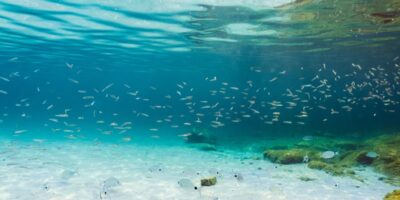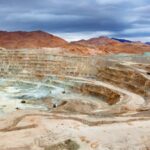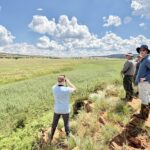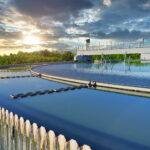The rapid pace of development in coastal areas often comes at an environmental and ecological cost, with the accelerated loss of coastal nearshore habitats such as seagrass meadows and mangrove forests. However, the presence of these nearshore coastal habitats play an important role in the maintenance of resilience of coastal cities and populations. They confer resilience via ecosystem services such as carbon sequestration, moderation of natural hazards and nutrient cycling. There is a recognised and urgent need to stem the loss of these valuable habitats in balance with infrastructure development and economic needs.
In this regard, ecological engineering may provide a solution for these seeming disparate goals of marine conservation and coastal development.
What is ecological engineering?
It is a broad and multi-disciplinary approach that harnesses scientific understanding and concepts from hydrodynamics, biology, oceanography, and bio-geography to design and implement engineered solutions that are ecologically self-sustaining. With this approach, engineered structures can serve multiple purposes, including the restoration and maintenance of coastal biodiversity and ecosystem services. In the heavily engineered coastal waters of urbanised coastlines, this approach is gaining traction.
Land reclamation
It is relatively straightforward to create land reclamation profiles and features that incorporate soft sedimentary local environments that foster the settlement and recolonisation of these newly reclaimed areas by habitat builders such as mangroves and seagrass meadows. Such examples already exist in places like Singapore, with its coastline featuring crenulated bays that abut prevailing currents and longshore drift being recolonised by seagrass meadows. Similar outcomes are achieved when calm and shallow soft sediment habitats are created behind protective structures such as submerged breakwaters. These designs can be replicated in future coastal developments to achieve a more equitable outcome for natural habitats and biodiversity.
Proactive steps can be taken to maximise the likelihood of natural recolonisation by seagrass and mangroves in soft substrate environments, and by corals on hard substrates such as seawalls and breakwaters. Examining ecological connectivity, for example, informs ecological engineers of the best locations where these ecological solutions could be placed to tap on natural processes of recruitment of marine flora and fauna.
The use of coral larvae connectivity models: a real-life example
By using an ecological agent-based movement model (see text box), scientists in Singapore were able to determine the sources and sinks of coral larvae, and this in turn, allow resource managers to decide on the best location for the placement of Singapore’s first marine park.
Agent-based Modelling (ABM) is emerging as an invaluable tool for ecological engineering in coastal environments. ABM allows you to create biologically realistic connectivity models, such as of coral reefs and mangrove forests, through dynamic coupling. For instance, the dynamic coupling between hydrodynamic and agent-based models of larvae allows for the inclusion of important processes such as mortality, vertical migration behaviour and the effect of dynamic environmental stimuli relative to the organism’s life-stages.
With over 250 species of coral found in Singapore waters – which account for nearly one third of the known coral specifies globally – authorities have also initiated a programme of coral reef restoration and enhancement. This includes scientific assessment and design recommendations for the development of extensive artificial reefs to safeguard the nation’s coastal biodiversity.
Read this article to find out what artificial reefs can do to create positive environmental impacts.








